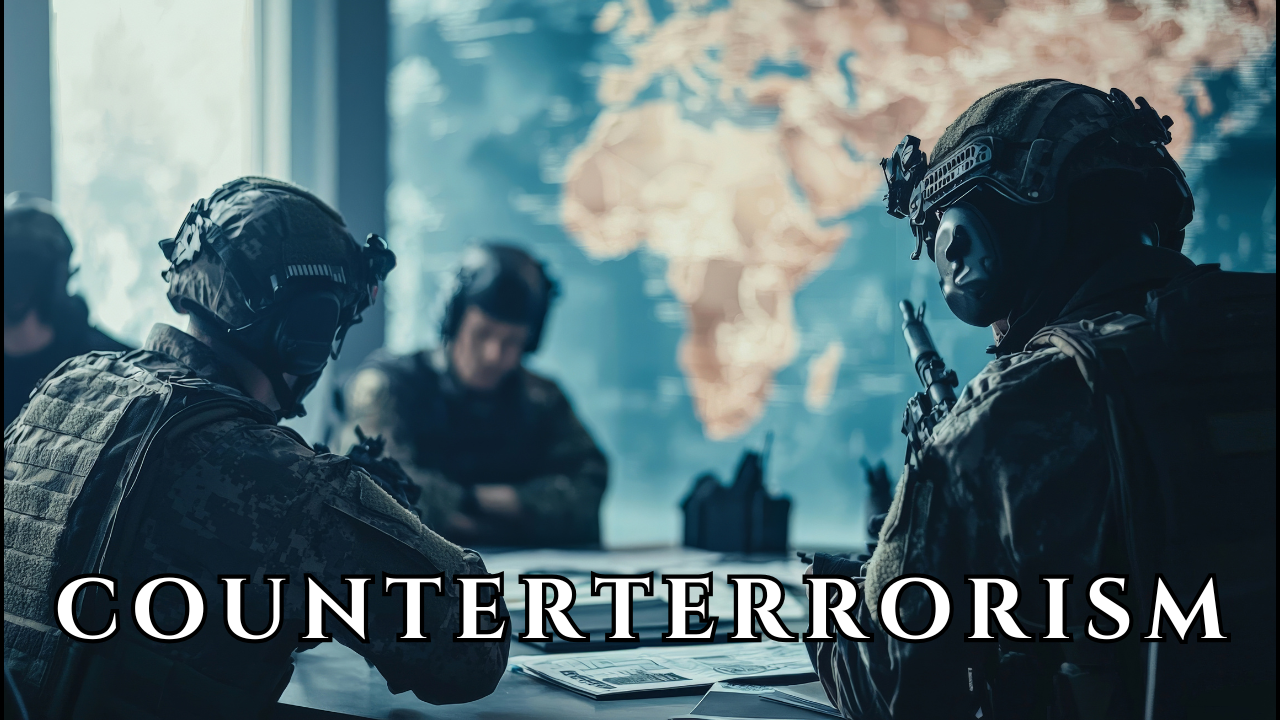Font size:
Print
India-US Counterterrorism Partnership
Context:
India’s foreign policy has realigned in recent years to place greater emphasis on strengthening ties with the United States (US), a relationship marked by shared concerns about terrorism.
More on News
- Counterterrorism collaboration has emerged as a cornerstone of this partnership, cemented by key events such as 9/11 in the US and the 2008 Mumbai attacks in India.
- While other factors like economic growth, democratic governance, and counterbalancing China play a role, the focus on counterterrorism has proven to be a linchpin in India-US relations.
Pillars of the Partnership
- Intelligence Sharing and Cooperation: India and the US engage in extensive intelligence sharing and cooperation aimed at combating violent extremists and preventing terrorist attacks. Key initiatives in this domain include:
- March 2024 Security Dialogue: Focused on mutual concerns over pro-Khalistan elements in the US and the extradition of Tahawwur Rana, a key figure in the 2008 Mumbai attacks.
- Basic Exchange and Cooperation Agreement (2020): This agreement has significantly enhanced India’s ability to collect and utilise geospatial intelligence (GEOINT), bolstering its defence capabilities.
- General Security of Military Information Agreement (2015) and the Communications Compatibility and Security Agreement (2018): These agreements have fostered greater military interoperability and intelligence sharing between the two nations.
- Logistics Exchange Memorandum of Agreement (2016) and the Industrial Security Annex (2019): These further solidified logistical support, defence technology, and intelligence collaboration, showcasing the enduring commitment to counterterrorism.
- Joint Military Exercises and Operations: India and the US regularly conduct joint military exercises that enhance interoperability and build mutual trust. These exercises focus on areas like maritime security and counterterrorism. Some key joint military exercises include: Yudh Abhyas (2015-present), Malabar (2015-present), Red Flag (2016), Vajra Prahar (2017), Tiger Triumph (2019), Milan-24 (2024) and Sea Defenders (2024).
Challenges to the Partnership
- Diverging Regional Priorities: While both nations aim to counter terrorism, they face different threats and operate in distinct geopolitical contexts. For instance, India is more focused on regional groups like Lashkar-e-Taiba and Jaish-e-Mohammed, while the US targets transnational actors such as Al-Qaeda and ISIS. This divergence in priorities has led to differences in policy approaches, particularly regarding Afghanistan, Pakistan, and Iran.
- Afghanistan: India prioritises stability and security in Afghanistan due to its historical ties, while the US emphasises broader geopolitical concerns, including negotiations with the Taliban.
- Pakistan: India’s cautious stance on cross-border terrorism contrasts with the US’s transactional approach, offering defence incentives to Pakistan for its cooperation in counterterrorism efforts.
- Iran: US pressure on India to halt oil imports from Iran during the Trump administration, in exchange for designating Masood Azhar under UN sanctions, highlighted differing approaches to regional security dynamics.
- Strategic Differences in Counterterrorism Approaches: The US and India also differ in how they approach counterterrorism strategies:
- US Approach: The US often adopts a unilateral, military-driven strategy, relying on military interventions and targeted actions such as drone strikes and special operations raids.
- Indian Approach: India, as a regional power, tends to favour a multilateral, diplomatic approach, engaging with neighbouring countries and international partners to disrupt terrorist networks.
- These differences are evident in their stances on conflicts in Gaza and Afghanistan, where the US has consistently supported military action, while India has advocated for diplomatic solutions and regional stability.
Addressing Challenges
- Institutionalisation: One crucial step would be to institutionalise counterterrorism efforts in a manner similar to how defence cooperation has evolved.
- Itl could ensure more seamless collaboration between intelligence agencies, law enforcement, and military bodies.
- Decentralisation: India could draw inspiration from the US by decentralising its counterterrorism apparatus.
- For example, appointing a chief intelligence officer under the National Security Advisor (NSA) could streamline intelligence gathering and dissemination.
- Multilateral Groups: Additionally, the two countries’ leaders have committed to working closely within multilateral groups like the Quad Counterterrorism Working Group and international organisations like the United Nations and the Financial Action Task Force.
- These platforms provide opportunities to foster regional security and promote an inclusive Indo-Pacific strategy.
Subscribe to our Youtube Channel for more Valuable Content – TheStudyias
Download the App to Subscribe to our Courses – Thestudyias
The Source’s Authority and Ownership of the Article is Claimed By THE STUDY IAS BY MANIKANT SINGH




[…] Investigation Agency (NIA), represents a pivotal moment in the country’s approach to combating terrorism. Held over two days and led by Union Home Minister Amit Shah, this conference underscored India’s […]